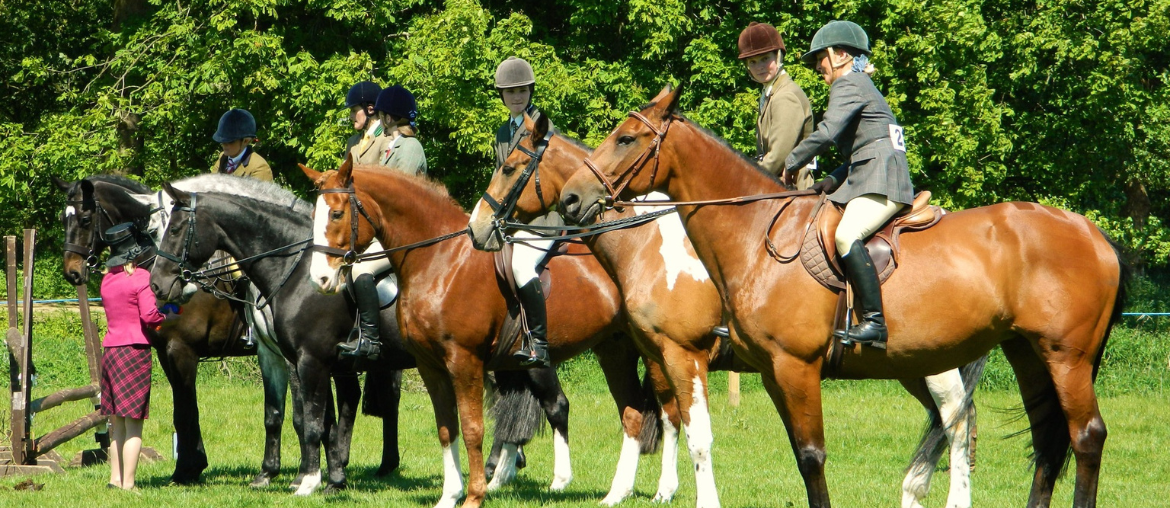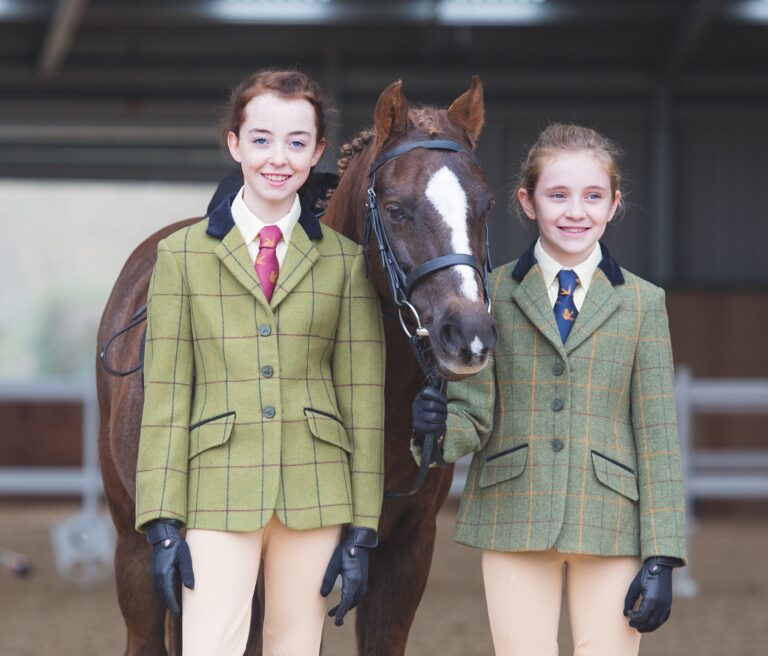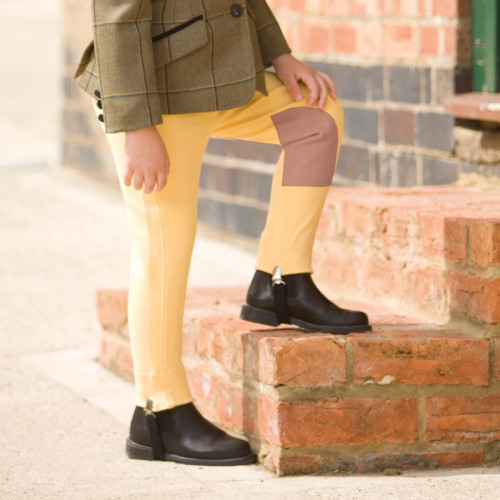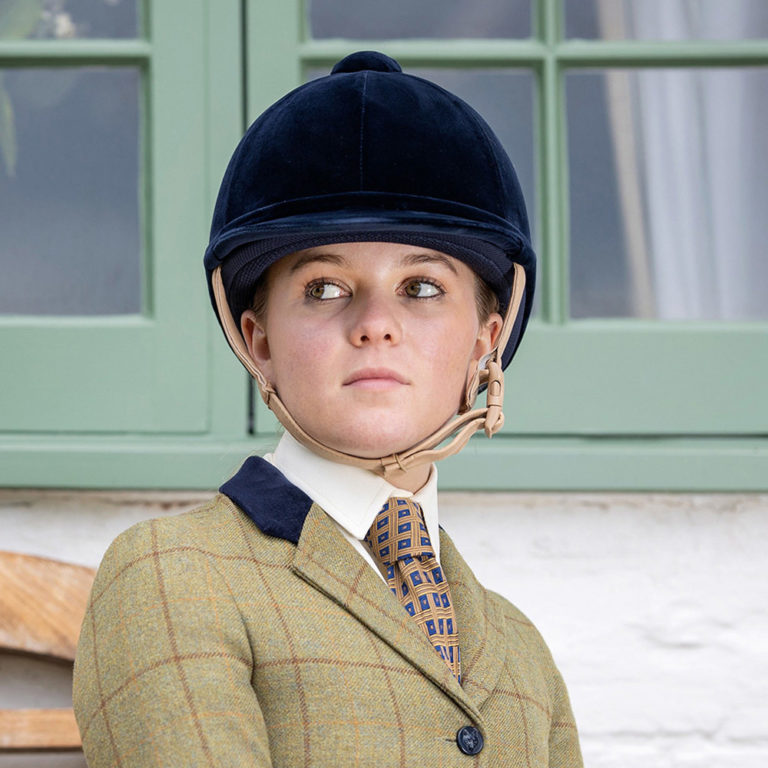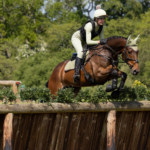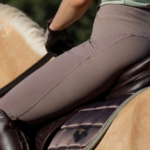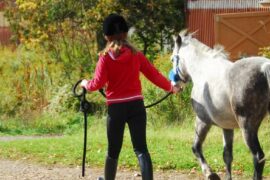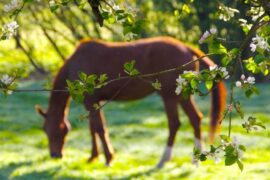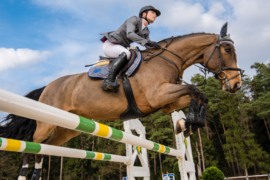Trying to decipher equestrian jargon isn’t an easy task- and even if you’ve got the lingo for one sport sorted, you could well find that it’s all change when you step into another area. With this in mind, we’ve created a showing jargon buster, just for you.
Browband– browbands fit across the horse’s forehead and help the bridle to maintain position, but when it comes to showing, browbands can be a lot more than simply functional! They can be wrapped with ribbon, glitter and velvet with small rosettes on either end.
Buttonhole– although these aren’t part of the dress code for a number of classes (or when worn with different types of jacket), sometimes people opt for a small flower (real or artificial) in the buttonhole. Make sure you check the rules before you invest in this.
Bun net– appearance matters in the show ring and a bun net to keep any stray bits of hair in order can be a great way to finish your look. They can be quite simple like a hair net, or thicker with crystals and other embellishments.
Canary– a colour that is most definitely in the yellow category! This colour is often seen on the breeches and jodhpurs of those who show. It’s more yellow that beige, white or fawn and is more traditional for showing.
Cane– canes or show cane can be used to complete the overall showing look. They’re often leather covered and come in different sizes.
Fake bun/bun ring– if you have short hair that won’t make a bun the size you’d like, you could consider a little help in the form of a bun ring (that you wrap your own hair around for more volume), or a fake bun.
Fake/false tails and plaits– if your horse’s mane or tail is lacking in volume, has been rubbed, and maybe even void of plait-able length hair, you might want to opt for some fake or false tails and plaits to help your horse to look more balanced.
Filly Slip– this in hand bridle is designed for younger horses and although it looks like a bridle, it doesn’t have a bit/cheekpieces to hold one.
Hair bows and piggy bows– these are usually attached to a hair bobble and are a great way to tie up hair with a little extra as they’re usually adorned with ribbon in a bow. They can also coordinate with ties or the horse or pony’s browband.
Herringbone– this is a type of weave that is often seen on tweeds. It’s a zig zag design and usually the colours alternate, or at least the tone of the colour does, to create the zig zags.
Highlighter– to make the bits you want to really stand out, highlighter can be applied to key areas of the horse to add a little shine.
In hand bridle– a specially designed bridle for in hand work. These bridles are supplied without reins – normally you’ll use a lead instead.
Jacquard lining– you’ll often find show jackets lined with a silky material with a pattern, and in many cases, this is jacquard. The lining can add a little splash of colour and should allow you to put on and take off your jacket with ease as the material will allow your arms to slip in and out.
Jetted pockets– instead of having a flap hanging over the top of your pocket, jetted pockets just have a slit at the top. This gives a more elegant, streamlined look, but still maintains the functionality of the pocket.
Jodhpur clips– if you’re wearing jodhpurs and jodhpur boots, jodhpur clips will keep your jodhpurs over your boots when you’re wearing them and stop them riding up and revealing your ankle.
Lead rein– this attaches to a filly slip or in hand bridle to enable the handler to control the horse from the ground.
Make up – this isn’t just for people, horses can wear make up too! There’s a whole range available to match the colour of your horse, to help deepen colour in specific areas, banish grey hairs, or cover up blemishes and scars.
Numnah– a saddle shaped pad that fits between horse and saddle.
Newmarket Chain– this small chain, usually made from brass or brass coloured metal, that has trigger clips that fasten to each side of the bit and a ring where a lead rein can be attached. These can be used for in hand classes.
Oxblood– it might sound a little gruesome, but oxblood (when it comes to showing) is a colour. It’s somewhere between brown and burgundy. Oxblood can be an alternative to brown boots.
Placket– this is the part of a shirt that fastens and opens, where the buttons traditionally are. Some shirts might have zip plackets depending on the style.
Quarter mark– these marks over the horse’s hind quarters can be created using a template (usually a plastic sheet that is placed over the quarters before they’re brushed to create the pattern), or can be applied with a comb or brush depending on what you’re trying to achieve.
Scrunchie– a great way to secure your bun or pony tail when in the saddle. And for an extra touch, you could coordinate your scrunchie with your tie.
Setting spray – want to keep your horse’s plaits or quarter marks in place all day long? You need setting spray. This can be sprayed over the areas in question to keep everything in place and looking great for longer.
Stock– stocks are worn in a variety of ridden activities. There are a few different ways to tie them and there’s a knack to getting that perfect stock. They’re available in plain and patterned designs (just check the rules for your class when deciding what to pick), and if the thought of tying a stock is a bit much, you can get pre-tied ones that look great too.
Stock pins– these come in a whole range of designs, from simply function to bejeweled! Stock pins fasten both the loose parts of the stock together to prevent them flapping around when worn.
Tie– just like formal ties, ties for showing can be tied in the same way, and you’ll find pre tied options too if you want one less thing to worry about on show day.
Tweed– tweed is a traditional fabric, usually made from wool or (sometimes) a wool mix. It’s a woven material that is available in a range of colours and is often seen on hacking jackets.
Velvet Hat– velvet covered hats are an alternative to skull caps from a head protection point of view, but are a lot more popular in the showing ring! Make sure that the hat complies to all the appropriate standards and fits well. It’s important it looks good, but it’s even more important that it offers you protection in the case of a fall or accident.
Waistcoat– an arm-less jacket that can go under a jacket or be worn on its own in some situations for showing and dressage (always check the rules of the specific competition). Waistcoats should be fitted and elegant to add to the overall smart look you’re trying to achieve.
Whitener– no matter how hard you try, sometimes it’s hard to keep socks, stockings and other white bits as white as you’d like them to be… and, if that’s the case, whitener is the product for this! It can help to make white bits whitener, to show off your horse’s best assets in the ring.
Need more help?
There are lots of ways, we can help with advice:
(i) in store – visit our award winning Milton Keynes tack store;
(ii) by phone – 01908 365 335; or
(iii) by email – email us at [email protected].

